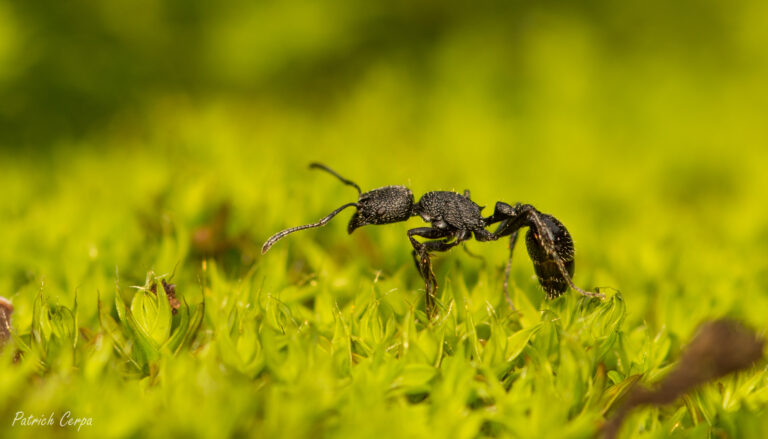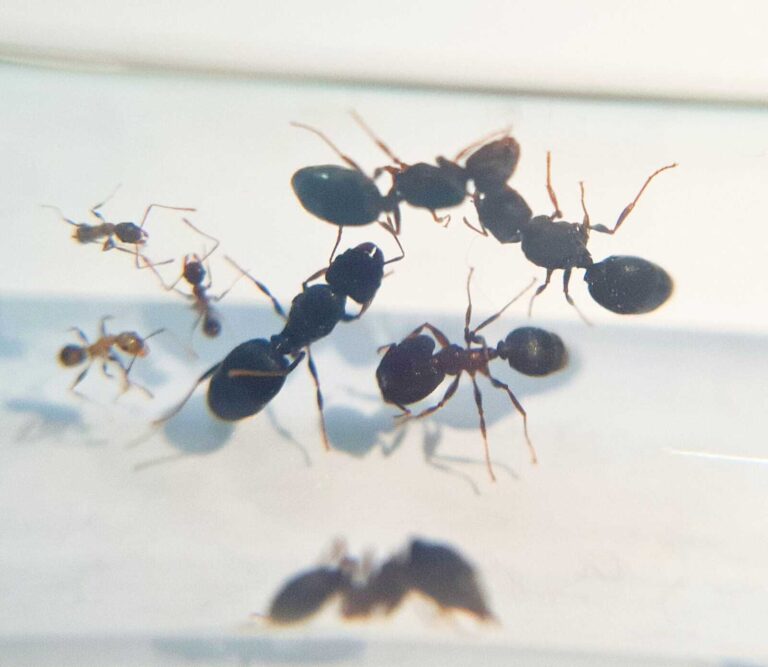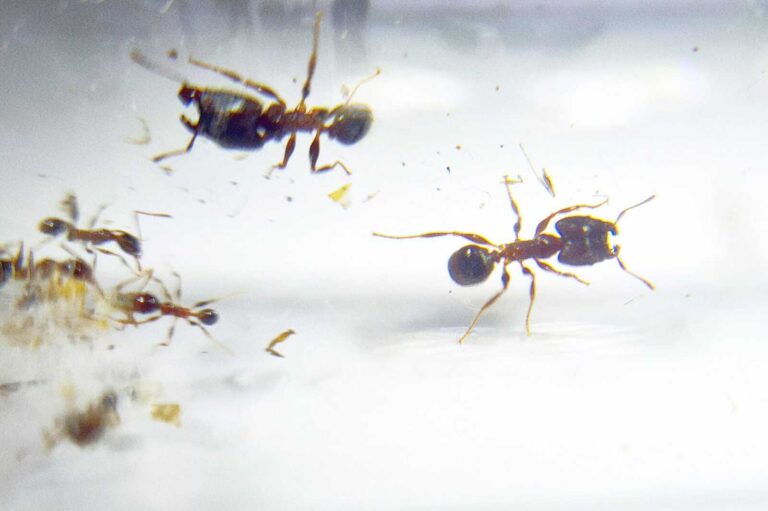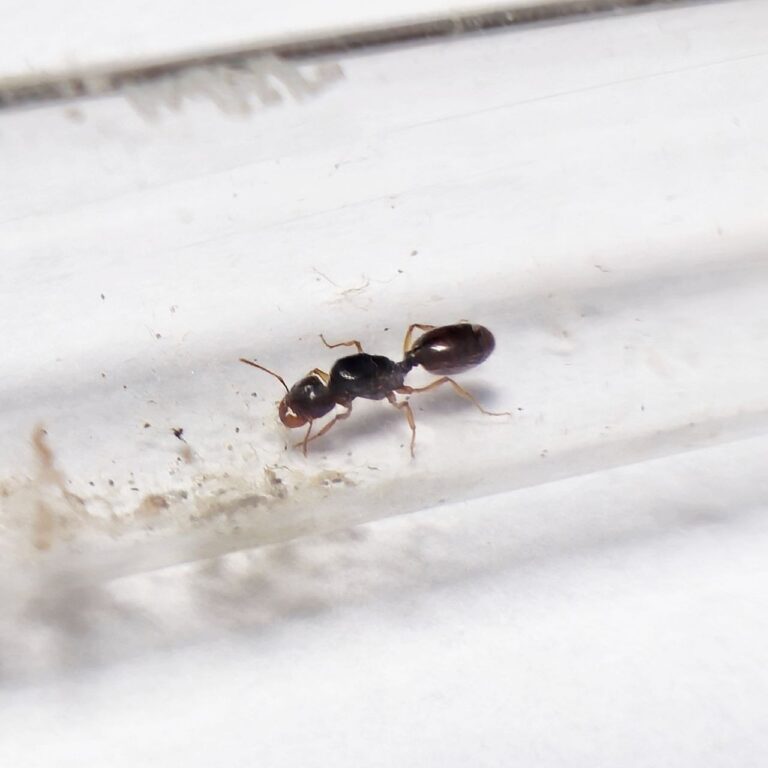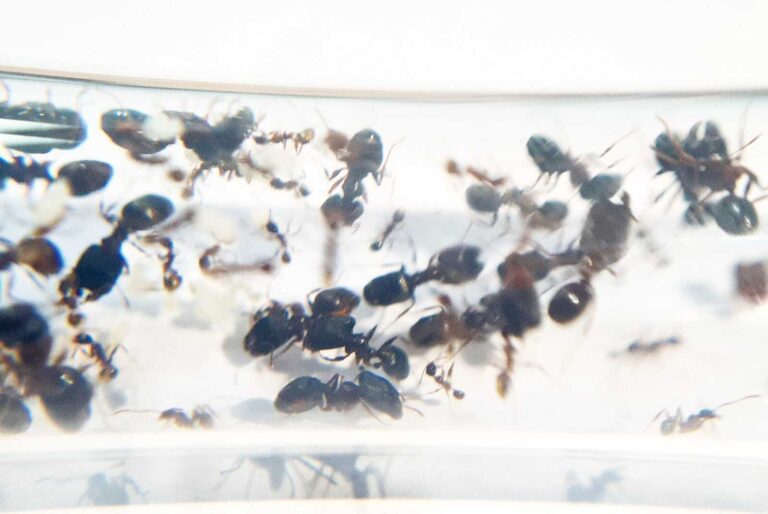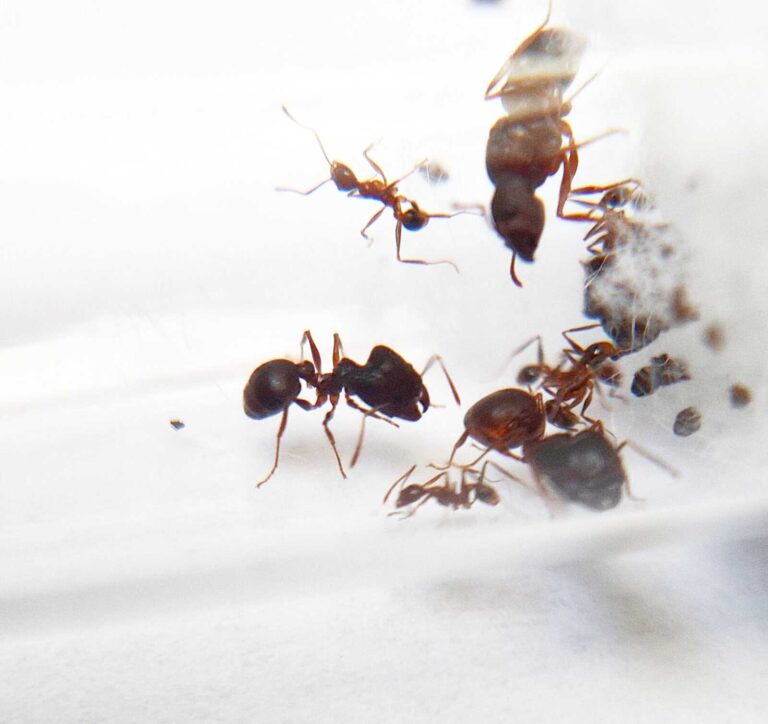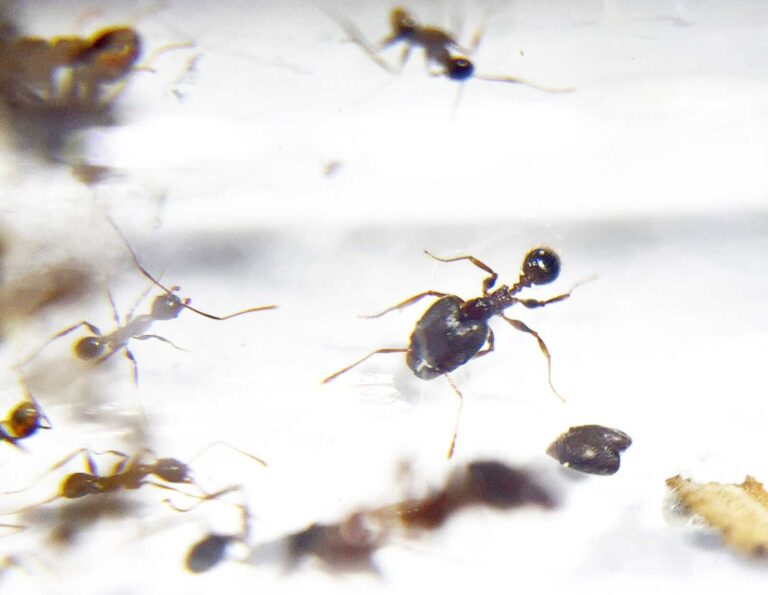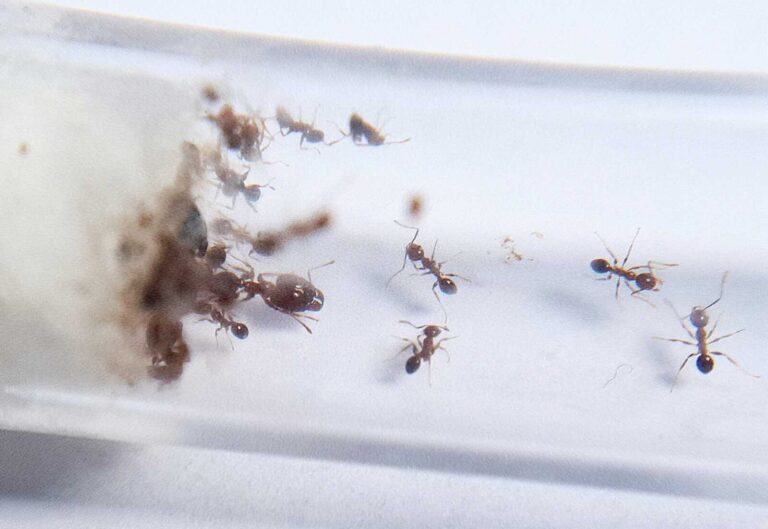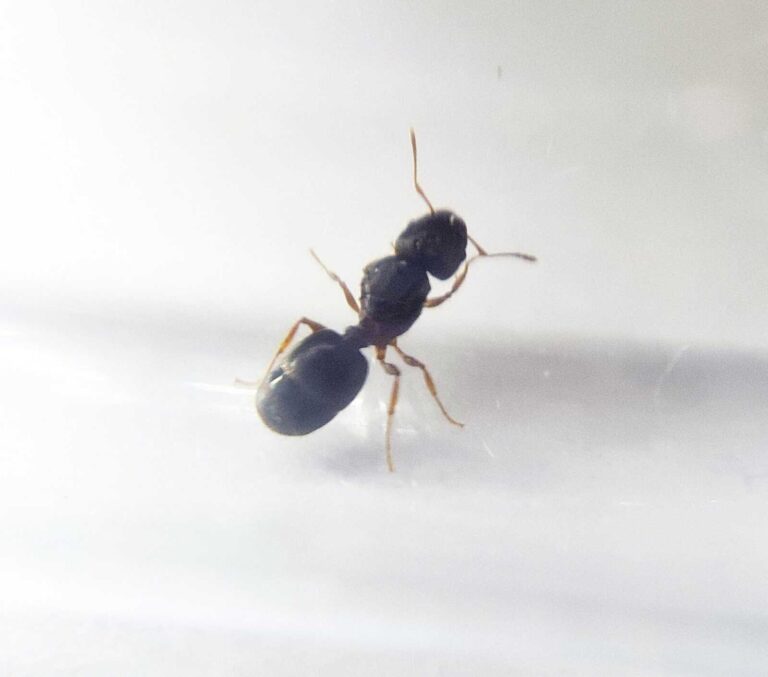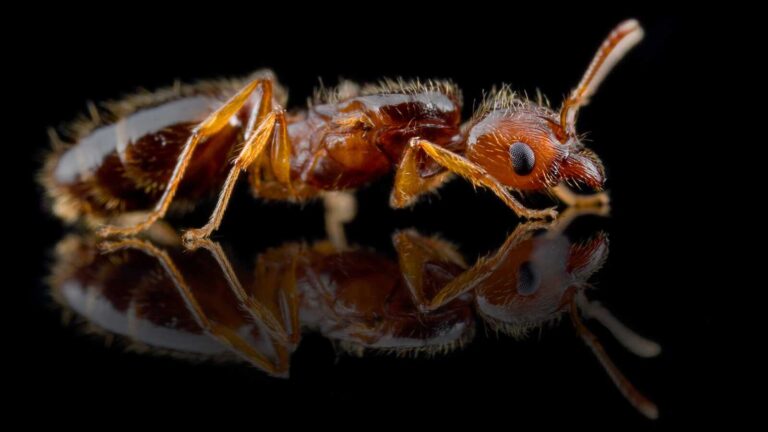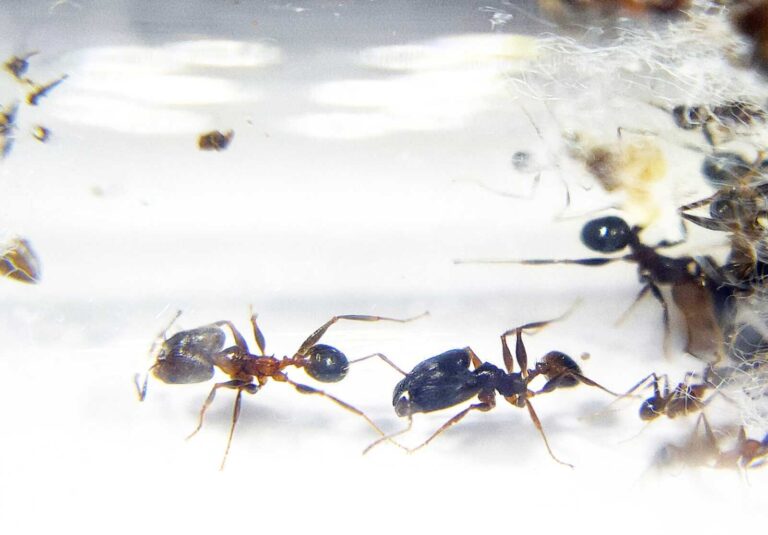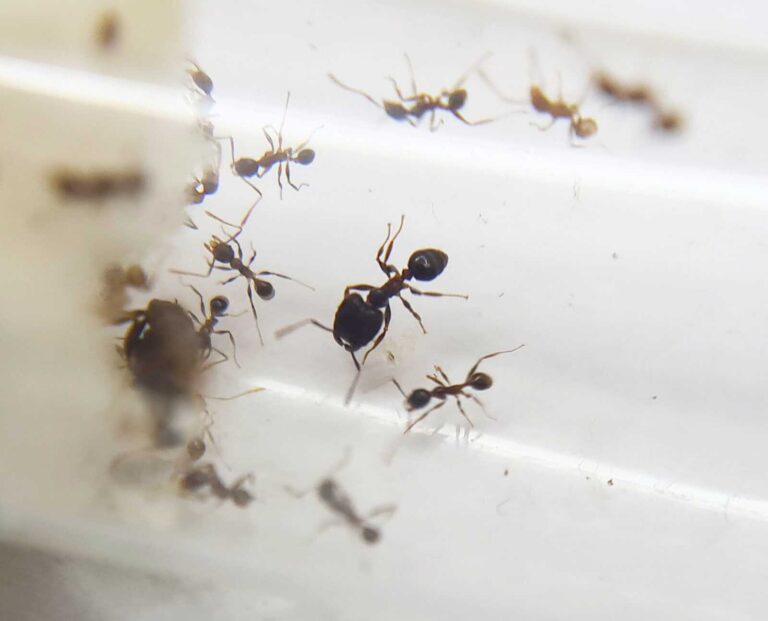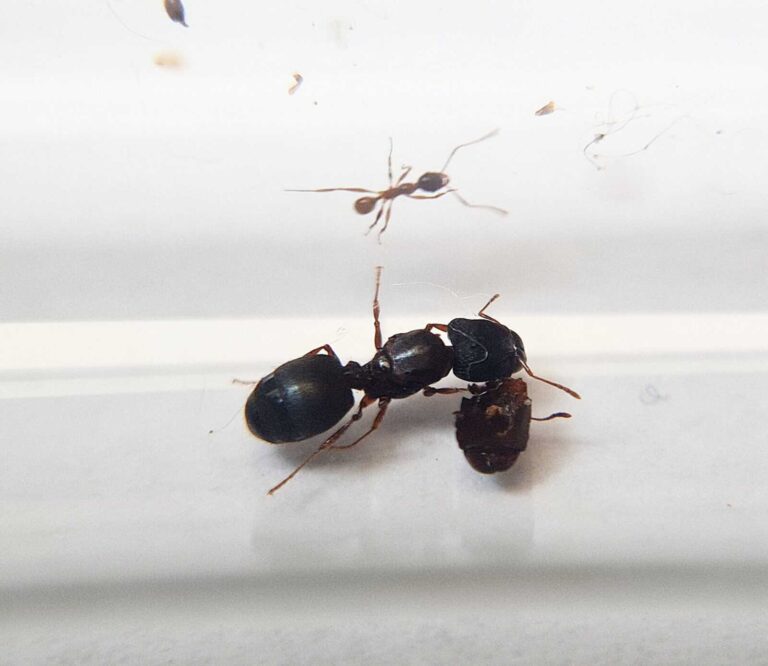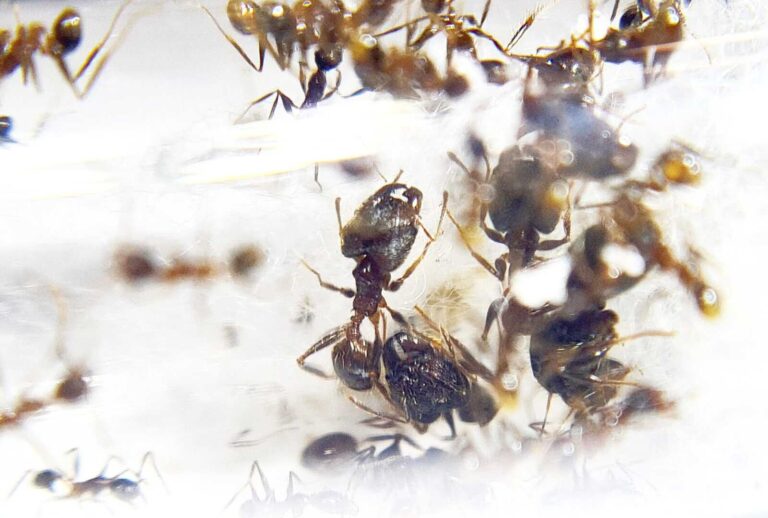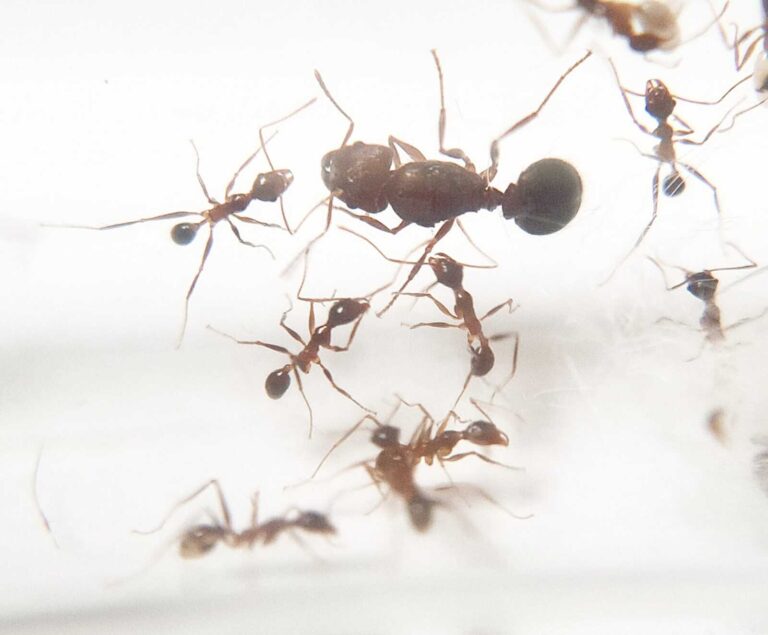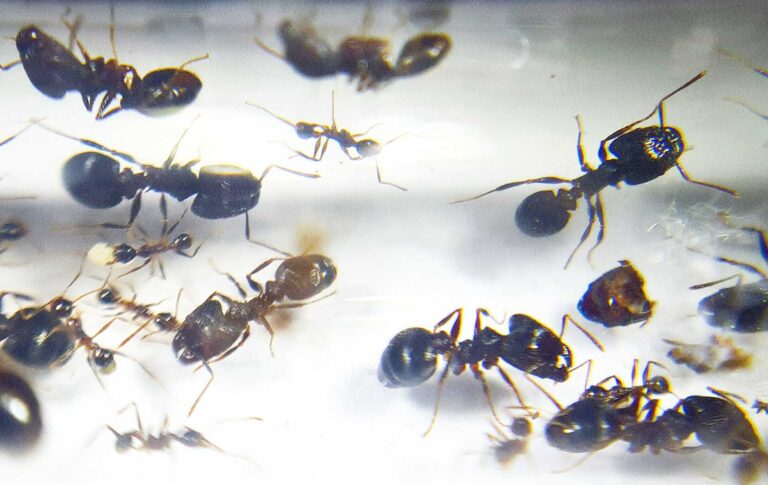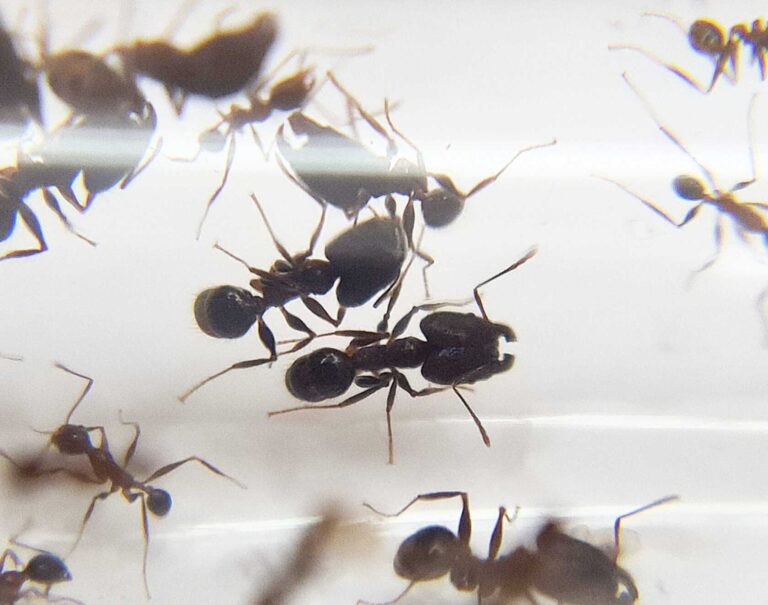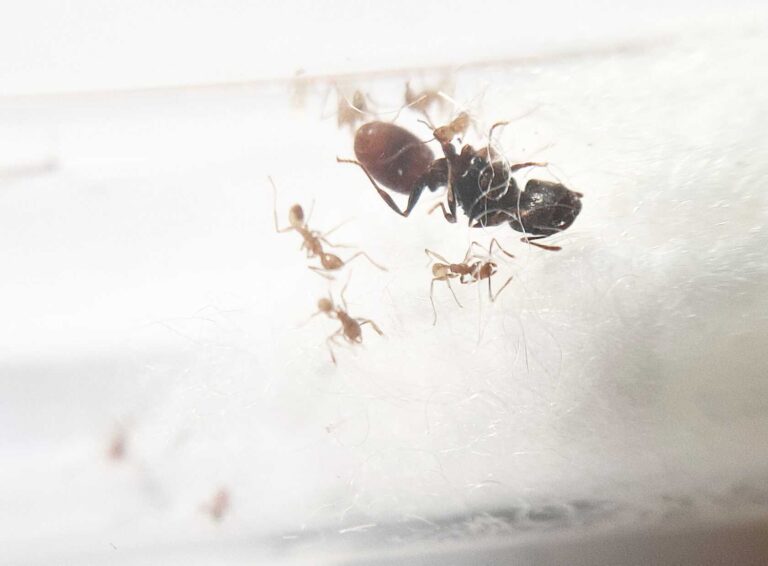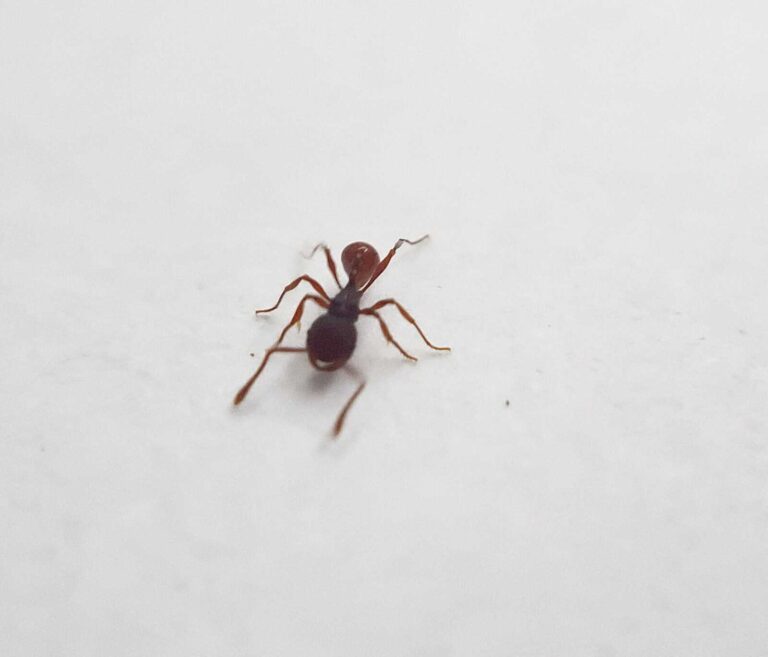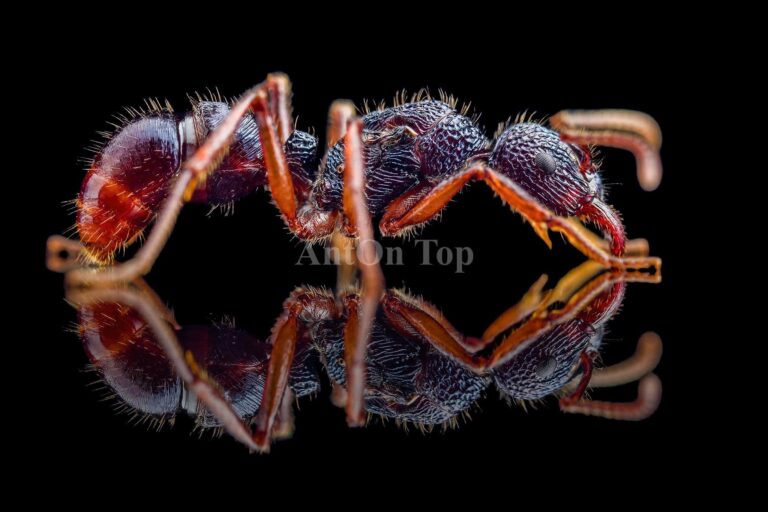Showing 41–60 of 62 results
Product categories
Stock status
Filter by price
Behavior
Defficulty
Number of workers
- Queen 61
- Queen and 1-50 workers 2
- Queen and 1-3 workers 60
- Queen and 4-10 workers 60
- Queen and 11-20 workers 60
- Queen and 21-40 workers 60
- Queen and 41-60 workers 59
- Queen and 61-100 workers 45
- Queen and 51-100 workers 2
- Queen and 101-200 workers 14
- Queen and 201-500 workers 4
- Queen and 501-1000 workers 1
- 2 Queens 9
- 2 Queens and 1-50 workers 1
- 2 Queens and 1-3 workers 8
- 2 Queens and 4-10 workers 8
- 2 Queens and 11-20 workers 8
- 2 Queen and 21-40 workers 8
- 2 Queens and 41-60 workers 8
- 2 Queens and 61-100 workers 5
- 2 Queens and 101-200 workers 6
- 2 Queens and 51-100 workers 1
- 2 Queens and 201-500 workers 2
- 3 Queens 5
- 3 Queens and 1-50 workers 1
- 3 Queens and 1-3 workers 5
- 3 Queens and 4-10 workers 5
- 3 Queens and 11-20 workers 5
- 3 Queens and 21-40 workers 5
- 3 Queens and 41-60 workers 5
- 3 Queens and 61-100 workers 4
- 3 Queens and 51-100 workers 1
- 3 Queens and 101-200 workers 3
- 3 Queens and 201-500 workers 2
Origin
Filter by size
MicroMicro 13
MediumMedium 159
LargeLarge 73
HugeHuge 14
Wintering
Patagonomyrmex angustus
589,90 zł – 999,90 złPrice range: 589,90 zł through 999,90 złPatagonomyrmex angustus polygynous ant colony, with colony size usually under 400 workers, rarely exceeding that size in natural nests
Size: Queens: ~7-9 mm, Workers: ~4–6 mm
Pheidole aglae
149,90 złPheidole aglae is a species of ant with a polygynous colony type. The colony can have up to 10,000 workers and develops speedily. The queen measures 7-8 mm while the workers range from 2.5-4 mm in size. The ants are dark brown with a reddish shade in the light. They primarily feed on food insects and syrup.
Pheidole annera
147,90 zł – 299,90 złPrice range: 147,90 zł through 299,90 złPheidole annera is a polygynous ant species with colony sizes of up to 10,000 workers. They have a fast development speed and come in different sizes, with queens measuring 7-8 mm, workers measuring 2.5-4 mm, and majors measuring 4-5.5 mm. These ants have a dark brown color with a noticeable reddish shade in the light. They feed on food insects like cockroaches and crickets, as well as syrup made from water and honey.
Pheidole barbata
259,90 zł – 359,90 złPrice range: 259,90 zł through 359,90 złPheidole barbata is a dimorphic, structured ant species with distinct soldier and worker castes. Fast-growing and highly organized, it’s a great choice for keepers interested in visible caste roles and dynamic colony behavior. Low-maintenance and tropical — ideal for intermediate hobbyists seeking variety without excessive complexity.
Pheidole comata
159,90 zł – 319,90 złPrice range: 159,90 zł through 319,90 złPheidole comata is a polygynous ant species with colonies that can reach up to 10,000 workers. They have a fast development speed. The queen measures 7-8 mm, workers are 2.5-4 mm, and majors are 4-5.5 mm in size. These ants have a brownish black color. Their nutrition includes food insects, syrup, fruits, vegetables, jelly, and cooked c.
Pheidole elisae
175,90 zł – 309,90 złPrice range: 175,90 zł through 309,90 złPheidole elisae is a polygynous ant species with fast development speed. The colony can have up to 50,000 workers. The queen measures 7-9 mm while workers and majors range from 2-6 mm. They have a dark brown color and their nutrition consists of food insects, syrup, fruits, vegetables, jelly, and cooked unsalted chicken.
Pheidole longipes
169,90 złPheidole longipes is a species of ant with a polygynous colony type and a fast development speed. The colony can grow up to 10,000 workers, with queens measuring 7-9 mm, workers measuring 3-4 mm, and majors measuring 4-7 mm. They have varying shades of brown color and can be fed with food insects, syrup, fruits, vegetables, jelly, and cooked chicken.
Pheidole megacephala
129,90 zł – 449,90 złPrice range: 129,90 zł through 449,90 złPheidole megacephala is a polygynous ant species with colony sizes of up to 50,000 workers. They have a fast development speed and are characterized by their dark brown color with a reddish shade in the light. They primarily feed on food insects such as cockroaches and crickets, as well as syrup made from a mixture of water and honey.
Pheidole nigeriensis
199,90 złPheidole nigeriensis is a polygynous ant species with a colony size of up to 20,000 workers. They have a fast development speed and the queen measures between 6.5-8 mm, while the workers are 2.5-4 mm and majors are 4-5.5 mm in size. They have a varying intensity of brown coloration and their nutrition includes food insects, syrup, fruits, vegetables, jelly, and cooked chicken.
Pheidole pallidula
39,90 zł – 109,90 złPrice range: 39,90 zł through 109,90 złPheidole pallidula is a monogynous ant species with a colony size of up to 10,000 workers. They have a fast development speed and come in different sizes: queens are 6-8 mm, workers are 2-4 mm, and majors are 3-5 mm. The ants are yellow-orange in color and their nutrition includes food insects, syrup, fruits, vegetables, jelly, and cooked chicken without salt.
Pheidole parva
187,90 złPheidole parva is a polygynous ant species with colonies of up to 10,000 workers. They have a fast development speed and come in varying shades of brown. They feed on food insects, syrup, fruits, vegetables, jelly, and cooked chicken. The queen measures 7-9 mm while workers range from 3-4 mm and majors from 4-7 mm.
Pheidole plagiaria
155,90 zł – 279,90 złPrice range: 155,90 zł through 279,90 złPheidole plagiaria is a polygynous ant species with colonies of up to 50,000 workers. They have a fast development speed and come in various sizes, with the queen measuring 7-9 mm, workers ranging from 2-4 mm, and majors at 4-6 mm. They have a dark brown color and require a diet of food insects, syrup, fruits, vegetables, jelly, and cooked chicken without salt.
Pheidole planifrons
169,90 zł – 289,90 złPrice range: 169,90 zł through 289,90 złPheidole planifrons is a polygynous ant species with a fast development speed. The colony size can reach up to 20,000 workers. The ants vary in size, with the queen measuring 7.5-8.5mm, workers measuring 3.5-4.5mm, and majors measuring 6-7mm. They are dark brown in color and their diet consists of food insects, syrup, fruits, vegetables, jelly, and cooked chicken without salt.
Pheidole protea
152,90 zł – 339,90 złPrice range: 152,90 zł through 339,90 złPheidole protea is a polygynous ant species with colonies of up to 10,000 workers. The ants have a fast development speed and come in varying shades of brown. They require a diet of food insects, syrup, fruit, vegetables, jelly, and cooked chicken without the bones. The queen measures 7-9mm, workers are 3-4mm, and majors are 4-7mm in size.
Pheidole singaporensis
179,90 złPheidole singaporensis is a species of ant with a monogynous colony type. They have a fast development speed and a colony size of up to 50,000 workers. The ants are reddish brown with a dark back, while the queen is dark. They require a diet of food insects, syrup, fruit, vegetables, jelly, and cooked seeds.
Pheidole spathifera
149,90 złPheidole spathifera is a polygynous ant species with colony sizes of up to 10,000 workers. They have a fast development speed and range in size from 7-9 mm for the queen, 3-4.5 mm for workers, and 4-7 mm for majors. They are reddish brown with a dark abdomen and require a diet of insect food, syrup, fruit, vegetables, jelly, and cooked chicken.
Pheidole tjibodana
179,90 zł – 349,90 złPrice range: 179,90 zł through 349,90 złProduct Description: Pheidole tjibodana, Colony Type and Size
Colony Type: Monogyny, Colony Size: Up to 10 000 workers, Development Speed: fast
Size and Color: Queen: 8-10mm, Workers: 2,5-3,5 mm, Majors: 6-9 mm
Pheidole vulgaris
179,90 złPheidole vulgaris is a polygynous species with colonies reaching sizes of up to 50,000 workers. They have a fast development speed. The queen measures 7-9 mm, workers measure 2.5-4 mm, and majors measure 4.5-7 mm. Their color ranges from yellowish brown to black, with the queen having a red abdomen. They feed on insect food, syrup, fruits, vegetables, jelly, and honey-water mixtures.
Pristomyrmex brevispinosus
225,90 złPristomyrmex brevispinosus is a fast-growing ant species that can have up to 10,000 workers in a colony. The queen is 5-6 mm in size, while the workers are 4-5 mm. They have a red-chestnut color and their diet includes food insects, syrup, fruits, and vegetables.
Rhytidoponera chalybeae
689,90 złRhytidoponera chalybeae is a monogynous ant species. The colony size can reach up to 500 workers, and their development rate is medium. The queen measures 7-8mm, while the workers measure 4-7mm. The ants have an iridescent purple orange-red color, with dark purple being dominant. Their nutrition consists of food insects, syrup, fruit, vegetables, jelly, and coconut water.


